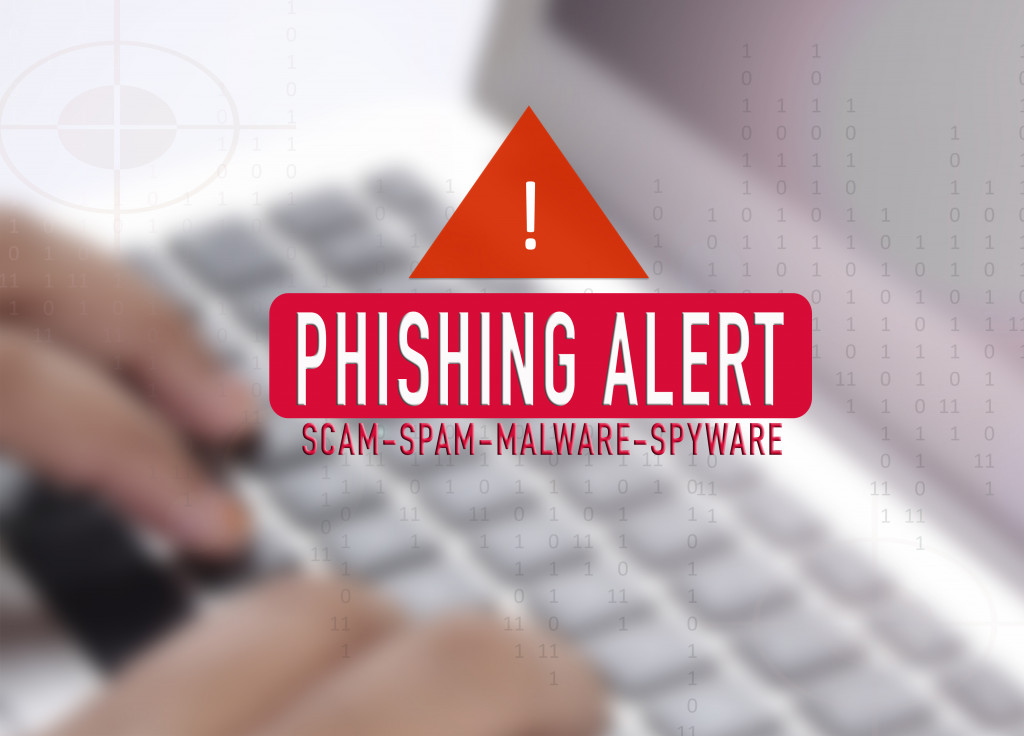Cyber warfare is a relatively new phenomenon and one that is still somewhat misunderstood. In its simplest terms, cyber warfare is the use of computer technology to disrupt, disable, or otherwise damage the networks and devices of another country or organization.
While it may seem like something out of a science fiction movie, cyber warfare is a very real and growing threat. In recent years, several high-profile cyber attacks have been carried out with significant repercussions. For example, the 2017 WannaCry ransomware attack affected over 230,000 computers in 150 countries, causing billions of dollars in damage. In this article, you’ll know everything about cyber warfare: what it is, who is behind it, and how to protect yourself from it.
What Is Cyber Warfare?
Cyber warfare means using digital technologies to attack a nation’s infrastructure, government, and citizens. This might have included sabotaging physical infrastructures like power plants or dams in the past. But today, it is more likely to involve hacking into computer systems to steal data or disrupt operations. It can affect anything connected to the internet, from individual devices to entire networks.
The History of Cyber-Warfare
The first recorded instance of cyber warfare dates back to the 1980s when the Soviet Union was blamed for causing a U.S. military intelligence network to fail. In 1988, a worm known as the Morris Worm infected over 6,000 computers, including those at major universities and government agencies. The worm’s creator, Robert Tappan Morris, was later convicted of violating the Computer Fraud and Abuse Act.
In the 1990s and early 2000s, there were several smaller-scale attacks, but nothing on the scale of the Morris Worm. That changed in 2007 when Estonia was hit by a massive distributed denial-of-service (DDoS) attack that took down many of its government and financial websites. Pro-Russian hackers carried out the attack, and it was seen as a response to the Estonian government’s decision to remove a Soviet-era war memorial from Tallinn.
In 2010, the world was introduced to the Stuxnet worm, which is widely considered to be the first piece of malware designed specifically for cyber warfare. Stuxnet was used to disrupt the Iranian nuclear program by targeting the centrifuges used to enrich uranium. The worm managed to infect and disable more than 1,000 centrifuges before it was discovered.
Since then, there have been several other notable cyber attacks, including the 2012 attack on Saudi Aramco (the world’s largest oil company) and the 2014 attack on Sony Pictures.

Who Is Behind Cyber Attacks?
Many different groups and individuals have been behind major cyber attacks. In some cases, the motivation for an attack is political or ideological. For example, the 2007 Estonia DDoS attack was carried out by pro-Russian hackers who were angry about removing a Soviet-era war memorial.
Several nation-state actors have been involved in cyber warfare. The United States, Russia, and China are all believed to have cyber warfare capabilities, and there have been many attacks that are believed to have been carried out by these countries. For example, the Stuxnet worm is believed to have been developed by the United States and Israel as part of a covert operation to disrupt Iran’s nuclear program.
How to Protect Yourself From Cyber-Warfare
You can take many steps to protect yourself from cyber warfare.
- First, it is essential to be aware of the threats that exist and the ways in which they can impact you. Keep your software and operating system up to date, and install security updates as soon as they are released.
- Second, you should consider using a security suite that includes a firewall and antivirus protection. This will help to protect your devices from malware and other attacks.
- Third, you should be careful about the information that you share online. Be cautious about clicking on links or opening attachments from unknown sources. And make sure that you are using a secure connection when sharing sensitive information.
- Fourth, you should consider backing up your data. This way, if your devices are compromised, you will still have access to your files.
- Finally, you should report any suspicious activity to the proper authorities. By doing so, you can help to stop future attacks.
There are many ways to protect your organization. But implementing these ways may require expertise. Hence, you might need to seek help from cybersecurity experts. You can collaborate with reputed managed service providers for the task. These service providers have years of experience and the right resources to help defend your company against cyberattacks. They can help build a strong defense line against hackers to protect your country or organization.
Final Thoughts
Cyber warfare is a growing problem that can have a devastating impact on both individuals and organizations. While the motivations for attacks vary, they can all cause significant damage. Nation-state actors are believed to be behind some of the most sophisticated attacks, but anyone with the right skills and motivation can carry out an attack. The best way to protect against cyber attacks is to stay informed and prepared.

